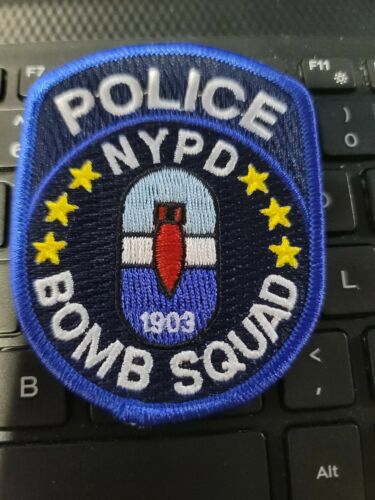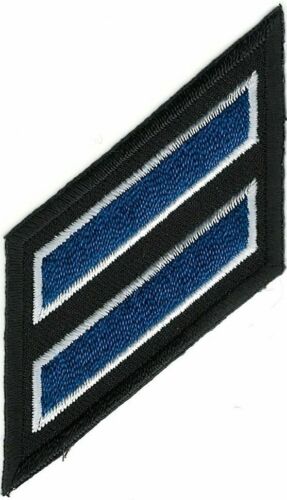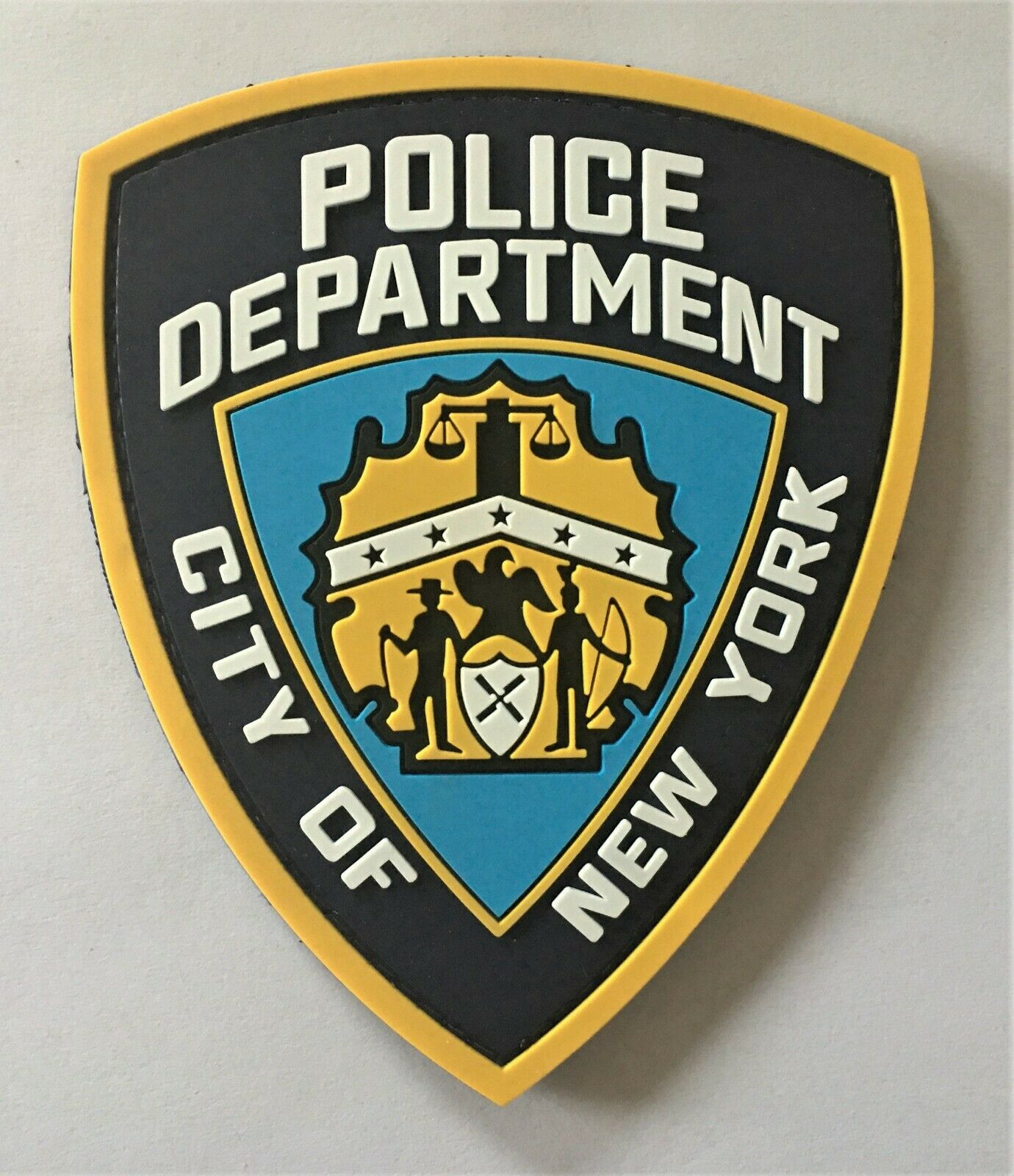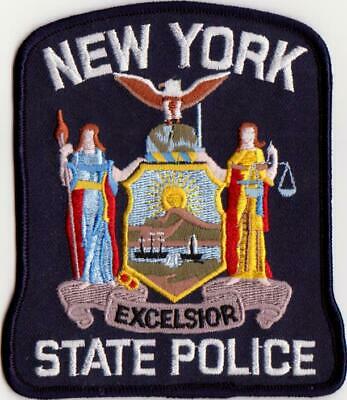-40%
VINTAGE BOMB SQUAD NYPD PATCH --SEE STORE WE HAVE FDNY -NYPD PATCH'S---
$ 4.74
- Description
- Size Guide
Description
WE SHIP WORLDWIDEPLEASE FOLLOW OUR E BAY STORE
SEE ALL PICS
WE COMBINE SHIPPING
SALE
SEE OUR STORE
PLEASE READ WHOLE ADD
Scanning Bomblets: NYPD Bomb Squad Visits the Museum
October 2, 2017
by
It’s not every day you welcome the NYPD Bomb Squad into your museum…but that’s what happened recently at the New-York Historical Society! This week, we’re opening our groundbreaking new exhibition,
The Vietnam War: 1945-1975
, exploring the causes and consequences of one of the most divisive and controversial events in American history. The expansive exhibition features a ton of fascinating objects, including, among many others, a Viet Cong bicycle, a 1970s jeep driven in Saigon, and a CBU-24 C/D cluster bomb with BLU-26 bomblets.
For those unfamiliar with weapons (like I was), a cluster bomb functions kind of like a shotgun—the rocket-like exterior is essentially a shell for holding the dangerous objects inside that will then be released. In fact, during the Vietnam War, each 2,000-lb. cluster bomb contained 665
bomblets
—a rather quaint name for something so destructive. Pressed inside the bomblet shells were 600 steel fragments, plus explosive material and a fuse. Bomblets could be fused to detonate 30 ft. above the ground, upon impact, or at a preset time after impact. The blue bomblets pictured here on the right were inert, used for training purposes during the war.
Unexploded bomblets caused many problems in Vietnam, Cambodia, and Laos after the war. Because they’re small and round, kids often mistook them for toy balls. In fact, even this year in 2017, a 10-year-old Lao child found a “bombie” (as they were known) and, thinking it was a ball, brought it to a family gathering where it exploded, tragically killing her and injuring 12 others.
To make sure no such occurrence happens, New York City asks that explosives such as these be inspected. Though these bomblets are inactive, we want to ensure the safety of all our visitors. So, we called in our friends over at the NYPD Bomb Squad to stop by and take a look. NYPD Bomb Squad Detective Cousins and Detective Trencho examined the cluster bomb itself (all clear!) before bringing the bomblet shells to be X-rayed on their Bomb Squad van parked in front of the Museum.
The detectives returned a half-hour later with the all clear: The bomblets are safe to be displayed in the Museum in our exhibition. But we got some other good news, too: Bomb Squad K-9 Rafferty was on the premises! He emerged from the bomb squad van following the X-ray ready to investigate the cluster bomb himself, just to be sure.
We walked upstairs through the Museum to get to the cluster bomb, and he seemed to have a great time being fawned over by every staff member and visitor in sight. But he had business to tend to: He inspected the cluster bomb and gave it the O.K. before paws-ing (I said it!) for a photo op, endearing us all that much more with his irrepressible smile. He’s one passionate pup.
Our sincerest thanks to Detectives Cousins and Trencho, as well as Bomb Squad K-9 Rafferty, for investigating the cluster bomb and bomblets so that our visitors can explore history of this war in a safe environment. See the cluster bomb and bomblets on view in
The Vietnam War: 1945-1975
through April 22, 2018.
B










